Oxfordshire’s biggest ever new town
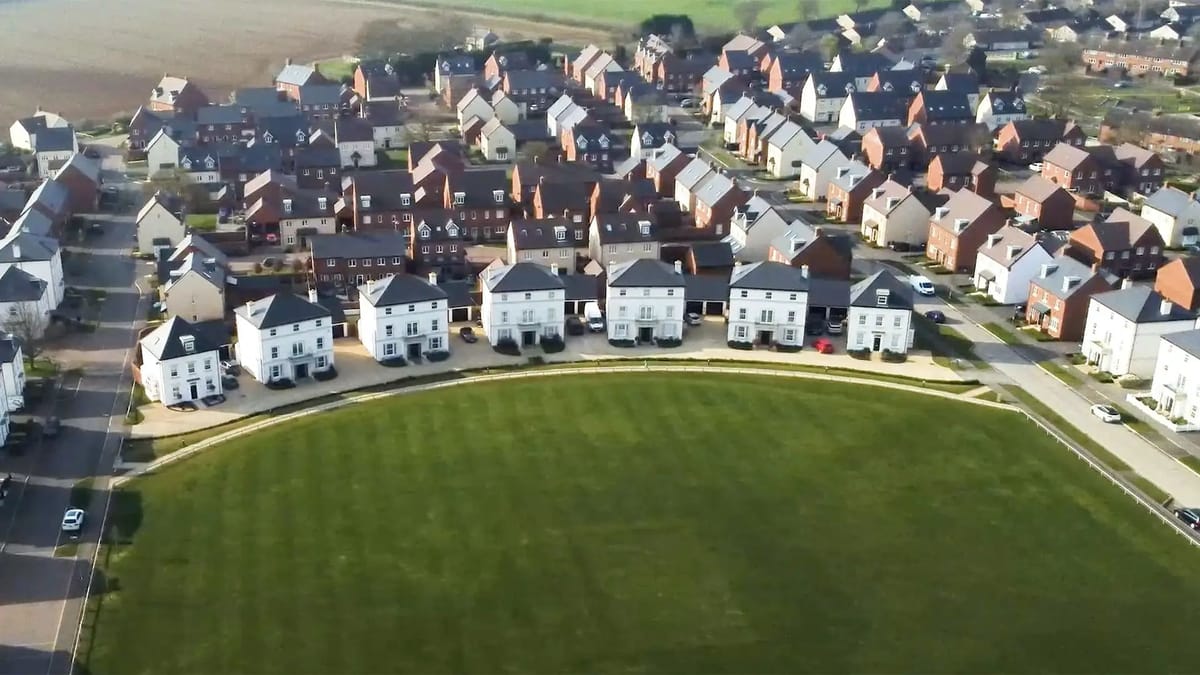
A plan for 6,000 new homes on a former airfield has been submitted in what would be Oxfordshire’s biggest ever single development.
Upper Heyford air base – used by both the RAF and the US Air Force – closed in 1993. It was speculatively acquired by housebuilder Dorchester in 2009. They have since built on part of the site to create a new village, Heyford Park. It already has a Sainsbury’s Local, a cycling café, a ‘free school’ and over 1000 homes. But the new plans are a step beyond – and would create a town larger than Wallingford, Henley or Thame.
The proposals are for a complete new town, with houses, employment, schools and more:
- up to 6,000 new dwellings
- up to 200 assisted living dwellings
- up to 20,000 sqm of new-build office space
- up to 15,000 sqm of new-build industrial space
- up to 15,000 sqm of new-build storage
- new medical centre facilities, indoor sports facilities, retail and café/pub restaurant, new primary school provision, secondary school provision, a library, a new hotel, community centre facilities, and a cinema
Where is Heyford?
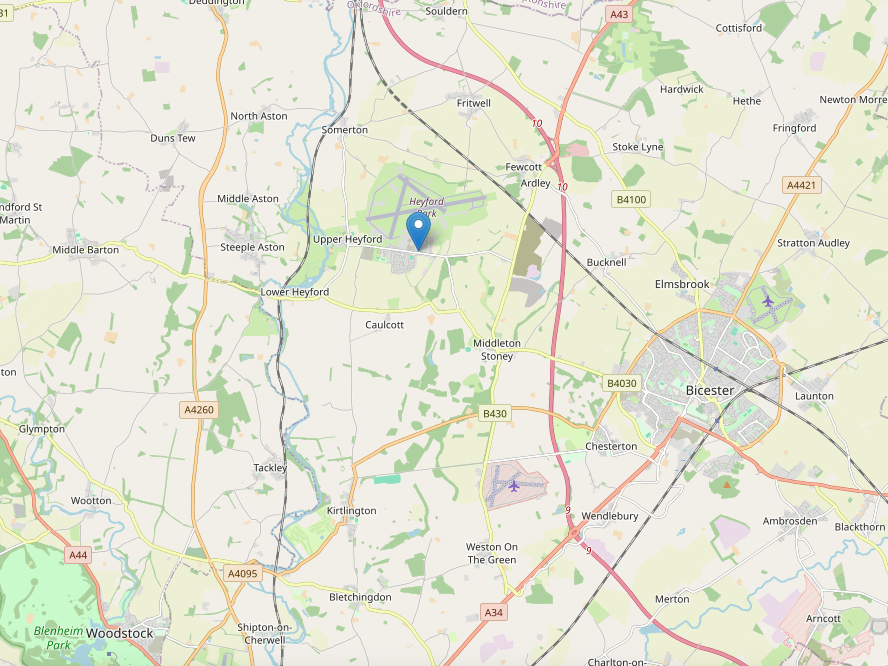
Heyford Park is in the triangle between Bicester, Banbury and Kidlington, a short way from the M40/A43 junction. Anyone who’s waited long at Oxford station will have heard the name: Heyford is one of the three village stops between Oxford and Banbury. The station is in the idyllic canalside village of Lower Heyford, two miles from Heyford Park.
But the developers of Heyford Park are going further and have aired the prospect of an all-new station, at Ardley on the Chiltern Line between Bicester and Banbury. Just a few metres from the airfield’s eastern edge, this would give residents a direct train to London Marylebone and Birmingham. (New railway stations typically come in at £25m each.)
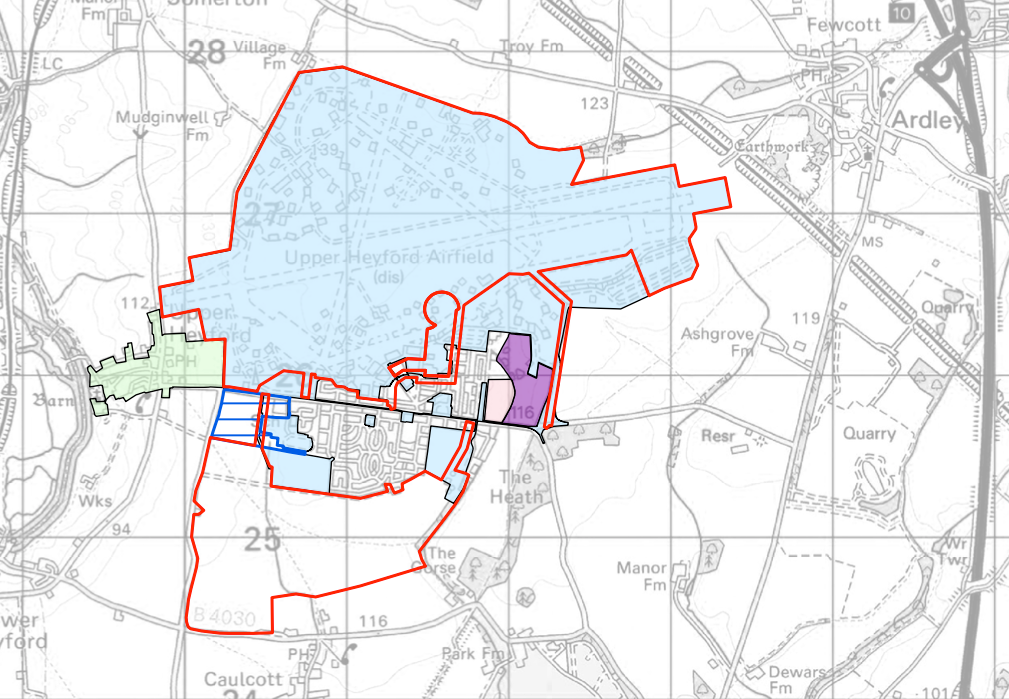
The site is vast. To put it in Oxford terms, at 6.7 sq km, it’s roughly the same size as the triangle bounded by Headington Road/London Road, the ring road, and Cowley Road/Oxford Road.
What’s the context?
Heyford Park residents and those working on the site have always known a large application like this would eventually come. Many will welcome it. Community facilities are few at present, and the expansion promises to bring more. Stray away from the new-build estates, and parts of the site have the air of a ghost town – unloved, low quality former military buildings with no, or temporary, occupants. (Two Clarion writers separately report getting lost there.)
While this application has been in preparation for some time, the election of a new Government pledging to “build 1.5 million new homes” has given it extra impetus. The developers Dorchester are clearly keen to get their foot in the door and ensure 6,000 of those new homes are in Heyford.
New towns can be politically easier than incremental development. Building 6,000 new homes in one place means only one councillor has to face worried locals. A 6,000-home development is also more likely to come with adequate infrastructure than sixty 100-home developments.
Heyford Park is in the Bicester & Woodstock constituency of newly elected Liberal Democrat MP Calum Miller – in fact, it forms the border with neighbouring Banbury – and within Cherwell District Council, also now run by the LibDems in coalition with the Greens. It poses a first challenge for the party whose stated policy is for “significantly more homes to be built every year”.
Cherwell’s current Local Plan tentatively identified Heyford Park as a development site (it’s on page 256, to save you reading the whole thing), calling it “this exceptional large scale brownfield site”. But it proposed only “a settlement of approximately 1,600 dwellings”. The new Local Plan, currently under consultation, adds a further 1,235 houses. Together, that’s not even half of what Dorchester is proposing here. The intention is clearly to appeal to central Government ambitions over and above what Cherwell is proposing.
Much of what we wrote in our long read about Culham Town applies here, too. Heyford Park is an opportunity to build a community rather than an estate, a town with an identity rather than a dormitory settlement:
…a town worthy of the name - not just a dormitory estate transplanted into a twist of the Thames. A generic 1990s-style development would not only fail to make the most of this unique site, it would bake in car dependency that would exacerbate congestion on roads that are already over capacity.
What would be built?
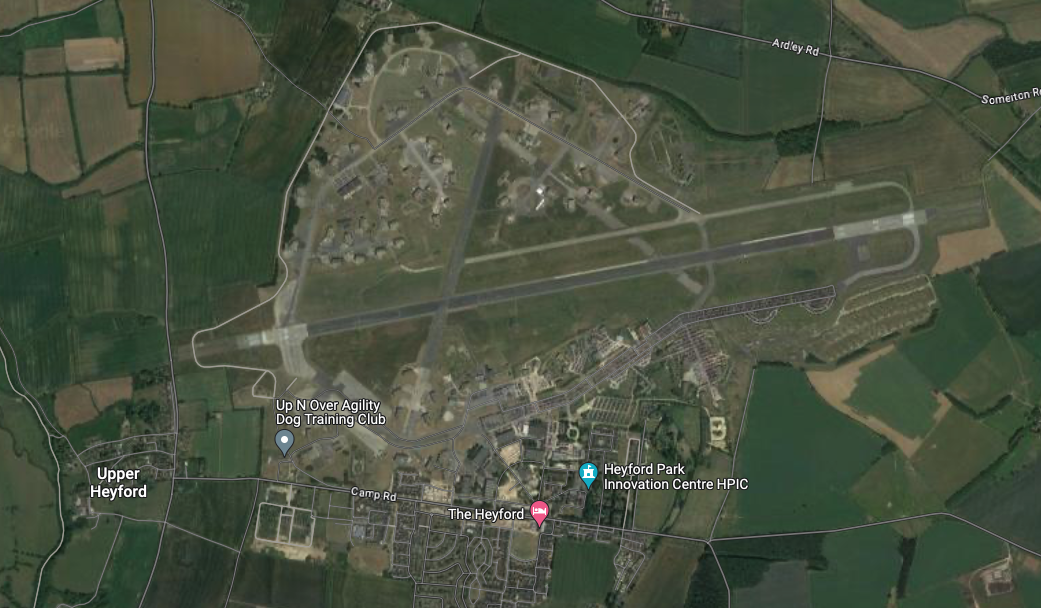
The former air base is a mass of runways, hangars, former airforce buildings and grassland. It has genuine historic interest, if not much scenic appeal: indeed, it’s even designated as a Conservation Area. Currently it is used for low-level industry, fire service training, and new car storage.
Demolishing the airforce buildings, if you’ll pardon the pun, wouldn’t fly. Instead, the proposal envisages keeping the hangars as community, sport and commercial buildings, while building houses all around.
A new railway station is the stand-out transport improvement. A frequent bus service to Bicester is planned. Both would offer a connection to East-West Rail and through to Milton Keynes.
But new cycle routes are also lined up to play a major part. A traffic-free greenway to Bicester has already been pledged as part of the previous development. The new application promises “high quality cycle corridors… to Bicester and a number of local villages and rail stations, usable all year round”.
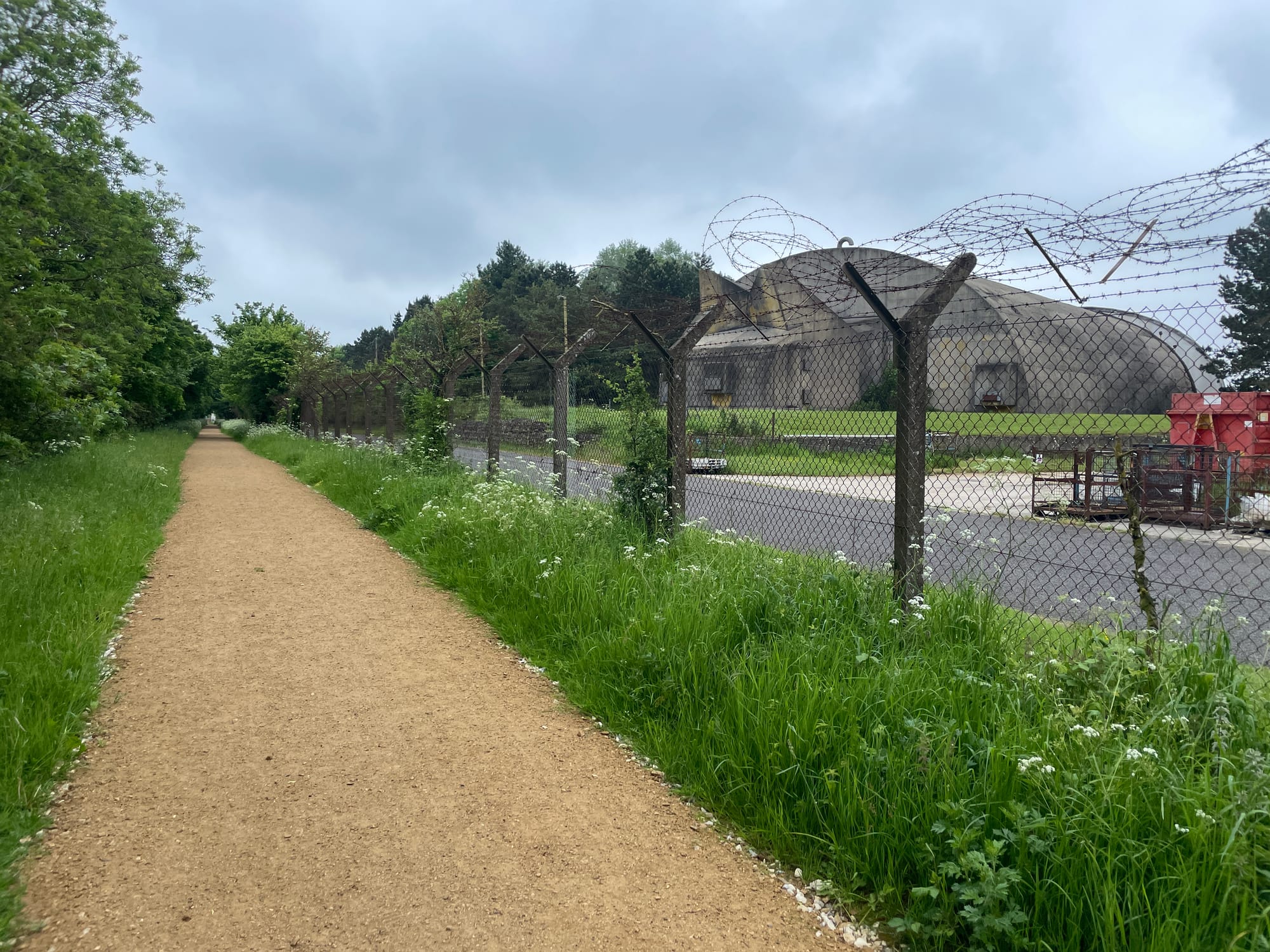
What happens next?
The 6,000-home proposal is now at the very earliest stage of a planning application – a “scoping request” to Cherwell District Council, where the developers write and say “We know you’re going to want an Environmental Impact Assessment from us. Can you tell us the questions we’ll need to answer?”
If you’re wondering why we haven’t liberally sprinkled this report with artists’ impressions, details of the proposed housing mix, or road cross-sections, that’s why. The plans have not yet reached that stage.
Next comes an outline planning application, and then a “reserved matters” application to tidy up the details. Along the way there will be rounds of consultation, some informal (i.e. not required as part of the planning consultation, but an opportunity for the developers to sound out locals), some formal.
Oxford United football fans will know how long it takes to get planning permission for one little stadium right next to a railway station. A 6,000-home new town is infinitely more complex. But the potential reward is great – a massive dent in Oxfordshire’s unmet housing need, sustainable transport links, and a brownfield location without all the emotion of the Green Belt. The scale is audacious – but will be impossible to ignore.
